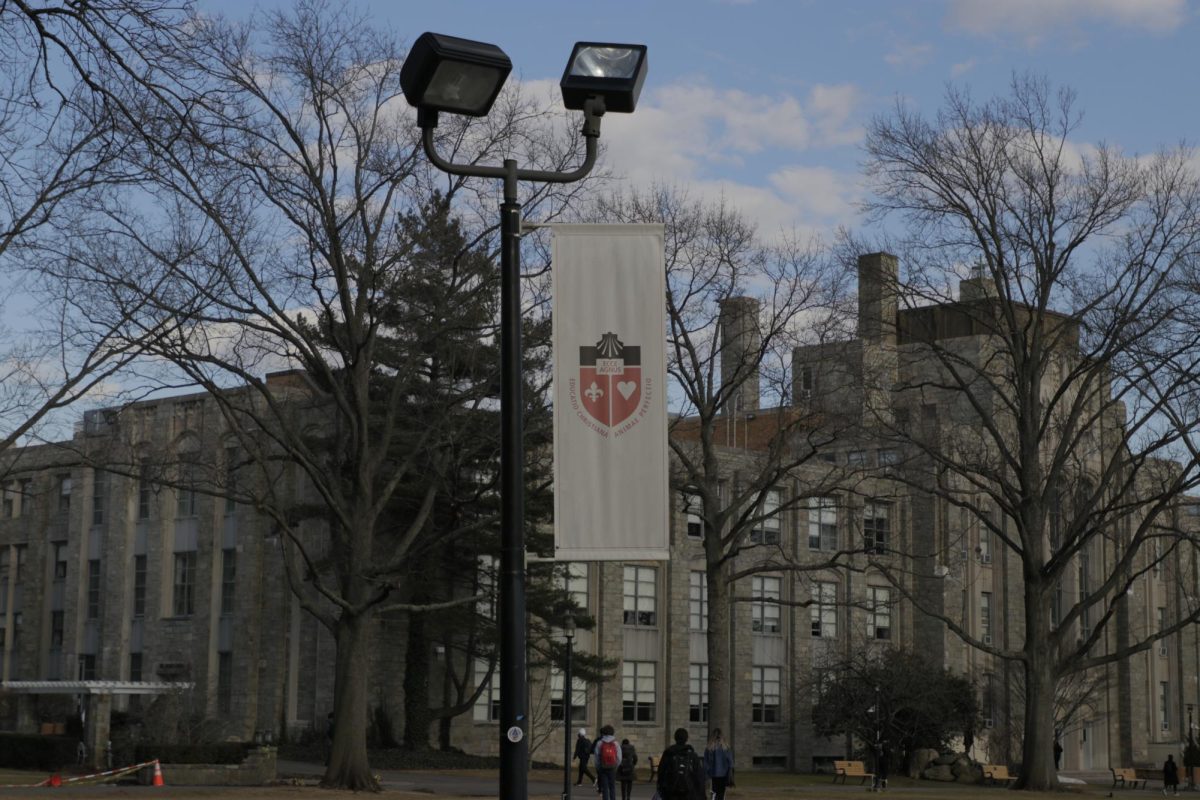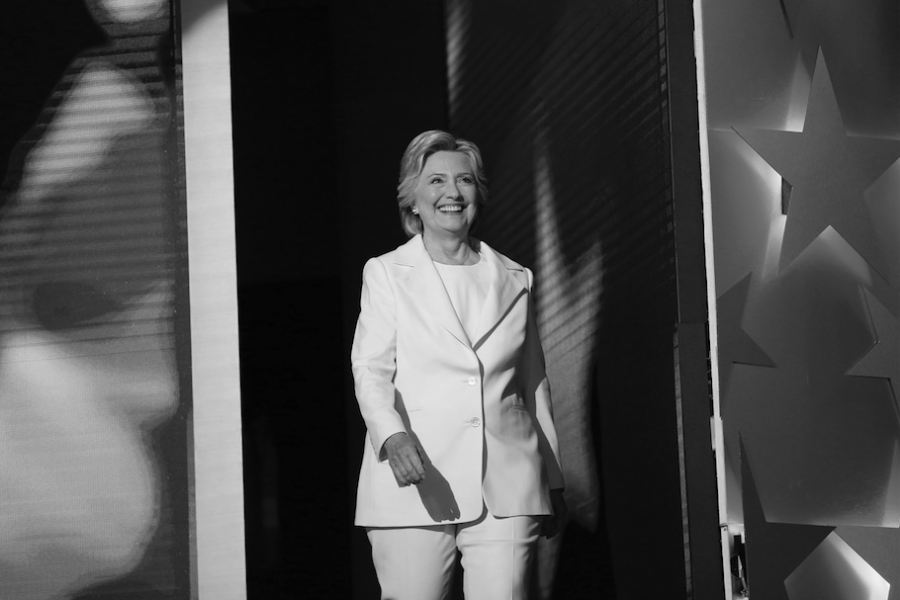The question for Democrats on the morning of Wednesday, Nov. 9 was, of course, who is to blame?
Somehow, the party had managed to turn an incredibly advantageous setting into a loss. The sitting Democratic President, Barack Obama, has a 58 percent job approval rating according to a new Gallup poll. The Republican candidate, businessman Donald J. Trump, was viewed unfavorably by 62 percent of the electorate, according to Gallup. Looking at other outlets, the margins may shift, but the conclusions remain the same: President Obama is popular, and now President-elect Trump is not.
So how did we get here?
Assigning blame is a dangerous game. In certain instances, it can be a pointless exercise, leading to divisiveness in a tense time. Social media would have you believe that over 60 million Americans who voted for Mr. Trump are racist and/or sexist. All it takes is a step back and a deep breath to see the error in that assessment.
From a Democratic strategy perspective, assigning blame must be a constructive exercise. Any attempt to blame groups of voters is a dishonest one, it is the inherent responsibility of a party or candidate to earn votes. If the Democratic Party blames their loss on the millions of Obama voters who stayed home in 2016 because they were not inspired by Hillary Clinton, they will do nothing to help themselves win those voters in 2020. If the Democratic Party blames their loss on the tens of thousands of rural white voters in Rust Belt states who voted for Obama in 2008 and 2012 but backed Trump in 2016, they will again not help themselves win those voters in 2020.
Instead, the Democratic Party must analyze why they failed to get out the vote among their base, and why they lost the support of many within the Rust Belt, where states like Michigan, Pennsylvania, Ohio and Wisconsin swung the election.
The fault, of course, is internal.
Trump was not an infallible candidate. Personal opinions aside, his exit polling was remarkably poor. According to CNN’s exit polls, 60 percent of voters had an unfavorable view of Trump, the same percentage considered him unqualified to be President, and 63 percent stated that he did not have the temperament to be President. While Trump’s campaign strategy was successful, it is hard to imagine him enjoying the same success against any candidate other than Clinton.
A full 83 percent of Trump voters stated in exit polls that the biggest influence on their vote was the need for change in the political establishment. Immediately, that means that the vast majority of his supporters were untouchable for Clinton, who is undoubtedly the most establishment candidate that the Democrats could have conjured up. Any alternative candidate, such as current Democratic Vice President Joe Biden or Democratic Senators Bernie Sanders and Elizabeth Warren, would have come with less of an attachment to the establishment. Even as politicians, they simply have not been in the public eye long enough to carry the same perception as Clinton.
Perhaps if the Democrats wanted to drive up voter turnout across the country, they should have nominated a candidate who voters actually liked. While Trump’s 62 percent unfavorable rating in the Gallup poll is astronomically high, Clinton’s 57 percent in the same poll all but levels the playing field. Clinton has been consistently viewed unfavorably by the electorate since she announced her candidacy in April of 2015, and the margin between voters who viewed her unfavorably and those who had a favorable view of her had grown comfortably into the double digits by the start of 2016.
Sanders, Clinton’s main primary challenger, consistently demonstrated opposite polling results, with his favorability margin skyrocketing into the 20s as he gained more national exposure. Biden has maintained a positive double-digit margin for over a year. Warren, who was highly touted as a potential candidate, has low favorable and unfavorable ratings, shows that she would have entered an election without the electorate already viewing her negatively.
Finally, the swing voters in swing states chose Trump over Clinton because they viewed this election not as a referendum on his racially-charged rhetoric, but because of his populist economic views. To characterize all of these people as so racist that they based their vote upon some of Trump’s rhetoric is to mischaracterize tens of thousands of ordinary people who, notably, voted for Barack Obama, the nation’s first black president. Rather than voting based on their positions on the social issues that make Trump unpopular, they voted based on their priority: economic issues.
Trump reached these industrial voters in the Rust Belt in a way that Clinton never did—by recognizing that they never emerged from the recession in the same way as the coastal liberals of the Democratic Party, and attacking that separation within the Democrats. Ultimately, his promises to be tough on outsourcing, block the Trans-Pacific Partnership, and “bring jobs back” won him the highest office in the nation. Whether his policies are to be effective or not is to be seen, but his campaign promises have already paid dividends.
Clinton simply never hit on those issues as hard as her opponents did. Both Trump and Sanders aggressively targeted struggling industrial workers, and they both defeated her in Michigan and Wisconsin. Her most memorable appeals to this voting bloc were simply backtracking: denouncing NAFTA and switching her stance to be against the TPP, two flip-flops where Trump aggressively attacked her. Trump and Sanders had no need to backtrack, making their cases to those voters early and often, and ultimately winning them over.
These three trends ultimately made Clinton, for all of her experience and her decades of public service, not a viable candidate in the 2016 Presidential General Election. She was an unpopular establishment candidate with a history of supporting free trade in a cycle where the Democrats needed to drive up turnout, secure their shaky base in the Rust Belt, and meet the nation’s demand for political change.
Clinton’s weaknesses were apparent early in the cycle. Even without any primary challenger who had a realistic shot, she still had to fight to defeat Sanders, a 74-year-old self-described socialist who was nationally unknown going into the primary. In fact, leaked e-mails with the Democratic National Committee showed that several aspects of the primary process were rigged in her favor. She also leaned heavily on the Democratic Party’s superdelegate system to take the nomination out of the hands of real voters as early in the process as possible, making her lead seem insurmountable.
The Democrats’ errors began far before the primary process. Ever since Clinton lost to then-Senator Obama in the Democratic primaries in the spring of 2008, she was seen as next-in-line for the Democrats. The party spent eight years not building their bench or developing candidates because they had predetermined Clinton’s candidacy. Even as other viable options emerged naturally, forces within the party pressured potential candidates to stay on the sideline: “it’s her turn.” We will likely never know the full extent to which other potential candidates were pushed away, but when the road is paved so neatly for a candidate as established as Clinton, nothing need be said for political pressure to be felt.
In 2008, of course, Clinton might have been a perfectly reasonable choice for 2016. Not only had the nation not reached the deepest point of the recession, but we had not even begun to come out of it and examine which blocs of voters would have new political demands. Clinton’s favorability ratings were irrelevant so far away from the 2016 election, and the nation’s desire for political change, hinted by the election of President Obama, was easily dismissed was a wave of momentum behind a young and charismatic leader.
All of this, however, does not forgive the Democratic Party’s arrogance in pre-anointing their candidate so far ahead of time. Anyone who has ever followed or studied political campaigning can tell you that no matter how strong the candidate is, or how well the campaign is run, the results of the election will depend on the political reality. To presume that Clinton, a candidate who had just lost in 2008, would be a perfect one-size-fits-all candidate for 2016 was delusional. Enabled by Debbie Wasserman-Schultz, the DNC’s chairwoman, Clinton pursued that unrealistic future anyway.
While the Democratic Party was clearing the way for Clinton, the Republican Party followed the opposite strategy. It would be revisionist to pretend that high-profile members of the Republican Party foresaw this victory in some long-term, ingenious strategy, but it is still important to note that the party who gave their electorate choices in the primary, and then ran the candidate that they chose, won the presidency.
The Republicans built a deep and diverse bench with businesspeople, a wide range of elected officials, a neurosurgeon, and even a Bush, just in case the nation decided they wanted an establishment candidate after all. Instead of predetermining their nominee, the Republicans let their voters decide, and even when the establishment was terrified of Trump earning the nomination and potentially ruining their party, their system let the voters move forward with him.
For the Democrats, high-ranking officials will sit in offices in New York, D.C. and California for the next four years, wondering what went wrong and how to correct it. For the sake of the millions of women, people of color and members of the LGBTQ community who have been and will continue to be negatively affected by Trump’s presidency, I hope that the Democrats decide not to blame the voters that they did not reach, but rather blame themselves for not reaching those voters.










